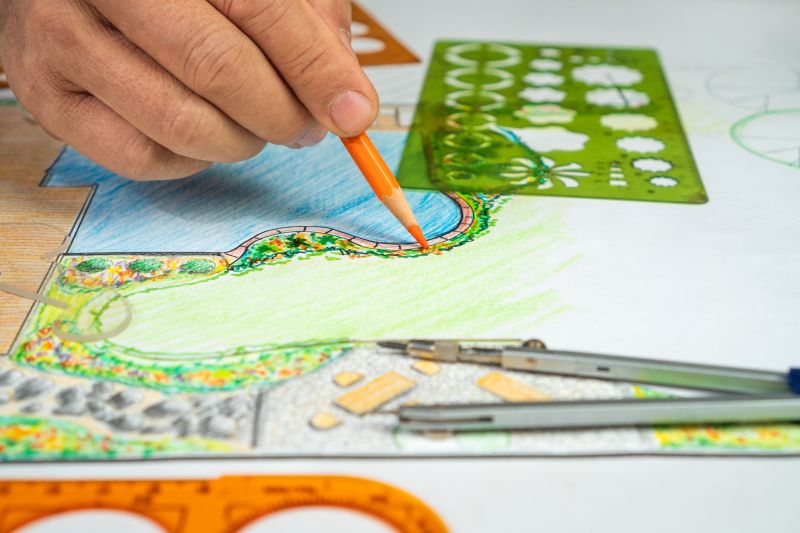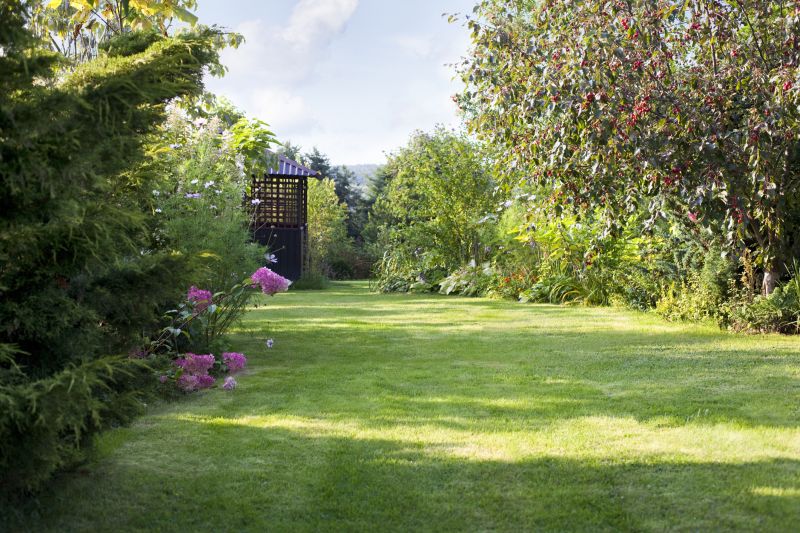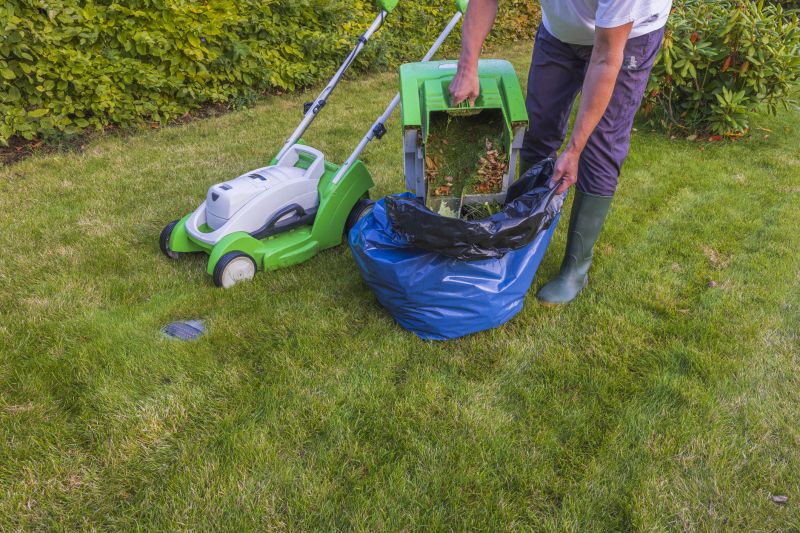Optimal Timing for Landscaping Projects
Landscaping projects are most effective when scheduled during specific times of the year, depending on climate and plant types. Proper timing ensures optimal growth, plant health, and long-lasting results. Understanding seasonal variations can help achieve the desired aesthetic and functional outcomes.
Spring is ideal for planting new features, as soil warms and plants establish before summer heat.
Summer works well for maintenance and completing ongoing projects, though planting should be limited to early season.
Fall allows for planting before winter, giving plants time to root and prepare for the next growing season.
Winter is suitable for planning and design work, with some projects like hardscaping possible in milder climates.

Ways to make Landscapings work in tight or awkward layouts.

Popular materials for Landscapings and why they hold up over time.

Simple add-ons that improve Landscapings without blowing the budget.

High-end options that actually feel worth it for Landscapings.

Finishes and colors that play nicely with Landscapings.

Little measurements that prevent headaches on Landscapings day.
Statistics indicate that landscaping projects completed during optimal seasons tend to have higher survival rates and lower long-term costs. For example, planting in spring can increase plant establishment success by up to 25%, leading to healthier landscapes and reduced replacement needs.

A 60-second routine that keeps Landscapings looking new.

A frequent mistake in Landscapings and how to dodge it.

Small tweaks to make Landscapings safer and easier to use.

Lower-waste or water-saving choices for Landscapings.
| Season | Best Activities |
|---|---|
| Spring | Planting new beds, pruning, preparing soil |
| Summer | Maintenance, irrigation, ongoing planting |
| Fall | Planting, mulching, preparing for winter |
| Winter | Design planning, hardscaping, site assessment |
Timing remains a key factor in successful landscaping. Coordinating projects with seasonal conditions can lead to better growth, reduced costs, and longer-lasting results. Consulting with local landscape professionals can provide tailored advice for specific climate considerations.

